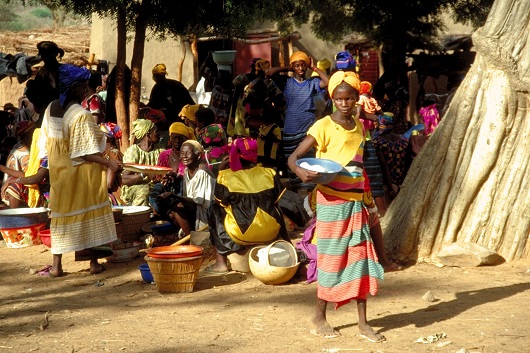The Era of Inclusive Business

In Fall 2015, the Sixth Annual Forum of the group Business Call to Action (BCtA) was held in New York City to discuss the increasingly popular concept of inclusive business.
The inclusive business model consists of private sector companies collaborating with people at the “base of the pyramid” — that is, those in developing countries with low incomes or who live in poverty — to improve livelihoods and expand market opportunities.
In this model, the global poor are not viewed simply as consumers or recipients of charity. Rather, they are involved in every level of business from production to distribution to management.
The benefits to the global poor of this business strategy are obvious. By connecting with successful companies from more developed nations, participants gain access to goods and services that are better, cleaner and more cost-effective. Furthermore, the model creates new jobs and provides resources for people to learn marketable skills.
Businesses are also able to access new markets, customer bases and sources of supply. In addition, partnering with NGOs and other businesses in more developed nations often helps build reputation and credibility.
Speakers at the BCtA Forum stressed that business interests and development goals are closely intertwined. The Forum also highlighted the importance of improving the health of people in developing nations. BCtA explained that a healthier population leads to more stable consumer markets and more productive workers.
Untapped Potential for Developed Countries
Accenture’s Financial Services Operating Group has estimated that the inclusive business model presents a $380 billion market opportunity. However, generally speaking, companies in developed nations have underestimated the value of inclusive business.
A Care International poll showed that 77 percent of 30 banks surveyed were largely uninterested in establishing long-term financial connections with poor people in developing nations.
The concept of inclusive business is not just theoretical in nature — its success has already been proven. For instance, agronomists from German chemicals giant BASF ran training programs in India for smallholder Samruddhi farmers and the results were staggering. Within just three years, the farmers nearly doubled their grain yields and their incomes increased by 64 percent. In addition, BASF saw sales of crop protection products consequently increase by 60 percent.
In order to successfully leverage this business model, companies should work in collaboration with the global poor instead of simply in their service. Including communities’ voices ensures that the products, training and technology being introduced are useful and appropriate. Moreover, these communities are sources of talent, so folding them into the business process will encourage profitable innovation relevant to their respective regions.
Perspectives on the relationship between business interests and SDGs are changing. There is a consensus among groups like BCtA that government, NGOs and civil society need to collaborate with the private sector in order to able to achieve SDGs. Indeed, fully embracing the era of inclusive business could be the next step in reducing global poverty.
– Joe D’Amore
Sources: Business Fights Poverty 1, Business Fights Poverty 2, Business Fights Poverty 3, G20 Challenge
Photo: Flickr
